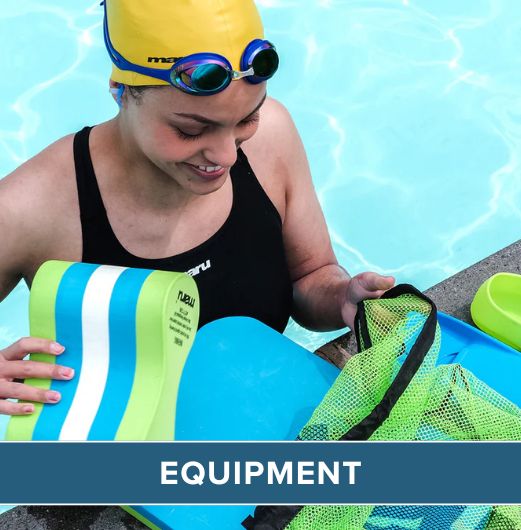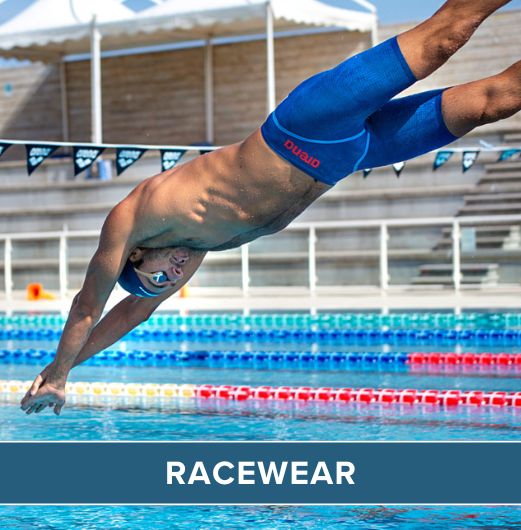For many parents, getting their children comfortable in the water can be a nerve-racking experience, especially if your little one is fearful of it. Learning to swim is an essential life skill, not just for fun at the beach or pool but also for safety. Whether your child is apprehensive about swimming lessons or just splashing around, it’s important to approach the process with patience, encouragement, and understanding. Here are some tips to help your child overcome a fear of water and become a confident swimmer.
1. Start Early – But Don’t Rush
Introducing your child to the water early on is a great idea, but don’t panic if they’re not immediately comfortable. Babies and toddlers naturally enjoy splashing around, and the earlier they experience water in a safe and playful environment, the more likely they’ll be to embrace it. However, every child is different. Don’t push them too hard – it’s crucial that water experiences are positive from the start. If they seem hesitant, take a step back and let them explore at their own pace.
2. Make Bath Time Fun
A lot of children’s anxiety around water stems from feeling out of control. Bath time is a fantastic opportunity to make water a normal part of their day-to-day life. You can turn it into a fun, non-threatening experience by introducing toys, bubbles, or even little games like blowing water through straws. Singing songs and keeping a cheerful atmosphere during bath time helps your child associate water with positivity and fun.

https://www.simplyswim.com/collections/swim-toys-and-games
3. Go at Their Pace
When it comes to helping your child feel comfortable in the water, patience is key. Avoid setting strict goals like “by next month, they should be swimming.” Some children may need time to get comfortable simply standing in the water or sitting at the edge of the pool. Celebrate these small milestones and gradually introduce new skills like floating or kicking as they grow more confident.
4. Visit the Pool Together
One of the best ways to help children feel comfortable around water is by letting them see you in the water. If you enjoy swimming or spending time in the pool, they’re more likely to follow your lead. When you go to the pool as a family, don’t focus too much on swimming lessons straight away. Instead, have fun together in the shallow end, let them hold onto the edge, or sit on the steps. Seeing you relaxed and having fun will show them that there’s nothing to fear.

https://www.simplyswim.com/collections/swim-jackets
5. Use Floatation Devices Wisely
Arm bands, floats, and swim vests can be helpful for providing reassurance, but it’s important not to rely on them too much. They’re great for helping children feel safe in the water, but be sure to balance their use with water confidence-building activities. For example, encourage your child to take their arm bands off while holding your hand in the shallow end, or try simple floating exercises where you support them under their back. The goal is to help them trust the water and their own ability to float without feeling like they always need a floatation device.
6. Enrol in a Swimming Class
Swimming lessons with a qualified instructor can make a world of difference. The instructor will know how to introduce swimming skills gradually and build confidence in a supportive environment. Many swim schools offer classes for children of all ages and abilities, so even if your child is particularly fearful, there will be a programme tailored for them. Plus, seeing other children of a similar age swimming can be a great motivator.

https://www.simplyswim.com/collections/floats
7. Make It Playful
Children learn best through play, so making water time fun is crucial. Rather than focusing solely on structured swim exercises, play games that involve water. You can start by letting your child blow bubbles in the water or toss floating toys and encourage them to retrieve them. Games like these keep their attention off any anxiety and onto having fun, helping them become more relaxed in the water without even realising it.
8. Encourage, Don’t Force
It’s normal to feel frustrated if your child seems reluctant to get in the water, but it’s essential to avoid forcing them. Forcing a child to swim or submerge themselves when they’re not ready can intensify their fear. Instead, offer gentle encouragement and let them know it’s okay to take their time. Celebrate every small step they take, whether it’s getting their feet wet or dipping their face in the water for the first time.

https://www.simplyswim.com/collections/kick-boards
9. Stay Positive
Finally, keep a positive attitude throughout the process. Even if your child struggles or progresses more slowly than others, your upbeat and supportive attitude will go a long way in boosting their confidence. Reassure them that they’re doing great and remind them that everyone learns at their own pace.
Helping your child become comfortable in the water is a journey, but with patience, encouragement, and these tips, they’ll soon be splashing around with confidence. Before you know it, they’ll be diving in without a second thought!
 Free Tracked UK Delivery
Free Tracked UK Delivery Hassle Free Returns
Hassle Free Returns Next Working Day OPTION
Next Working Day OPTION Found It Cheaper?
Found It Cheaper?














